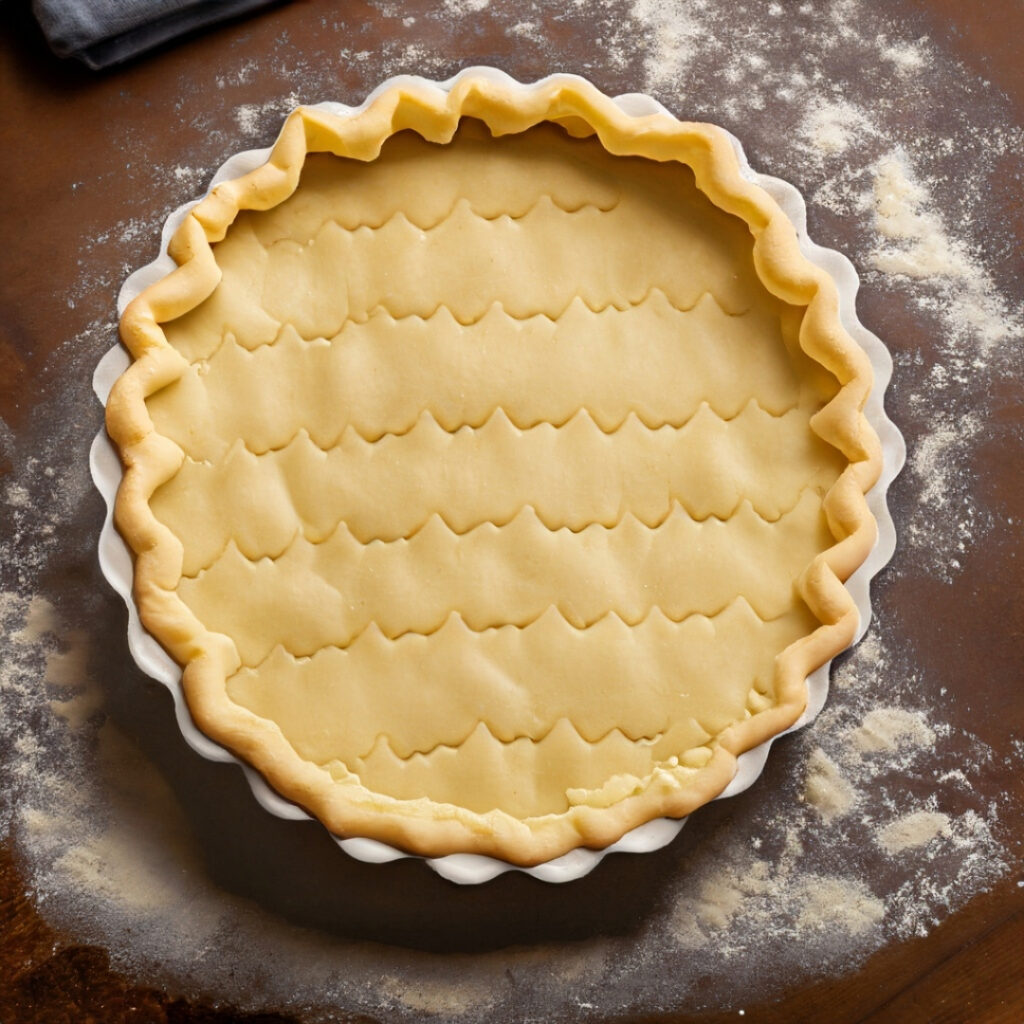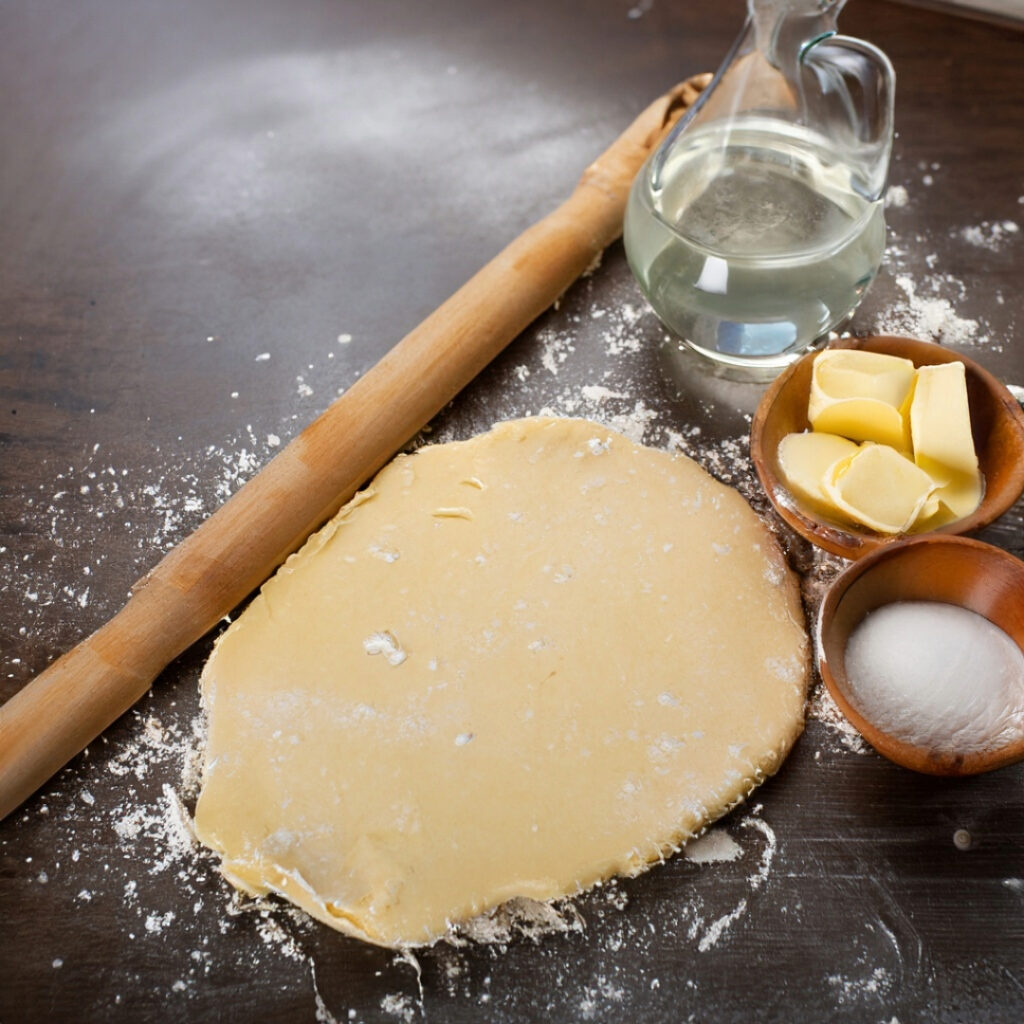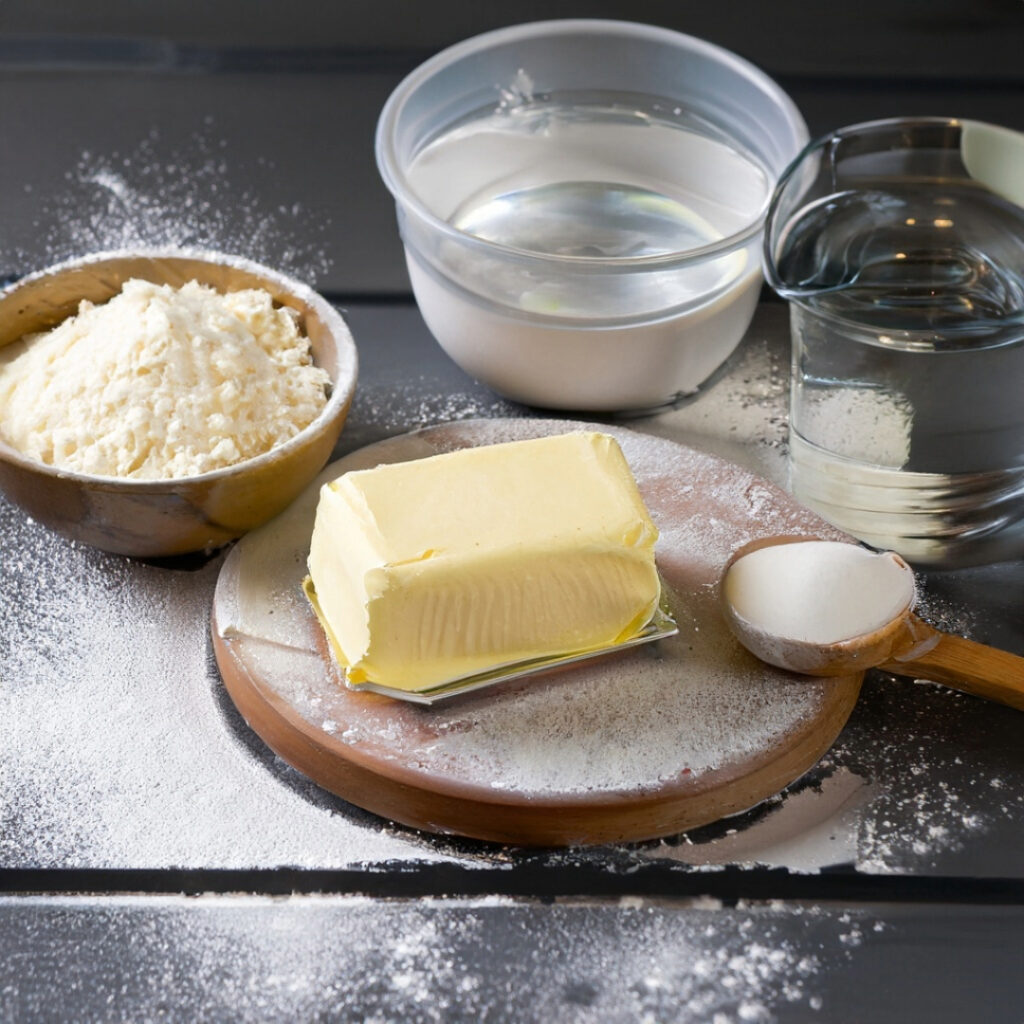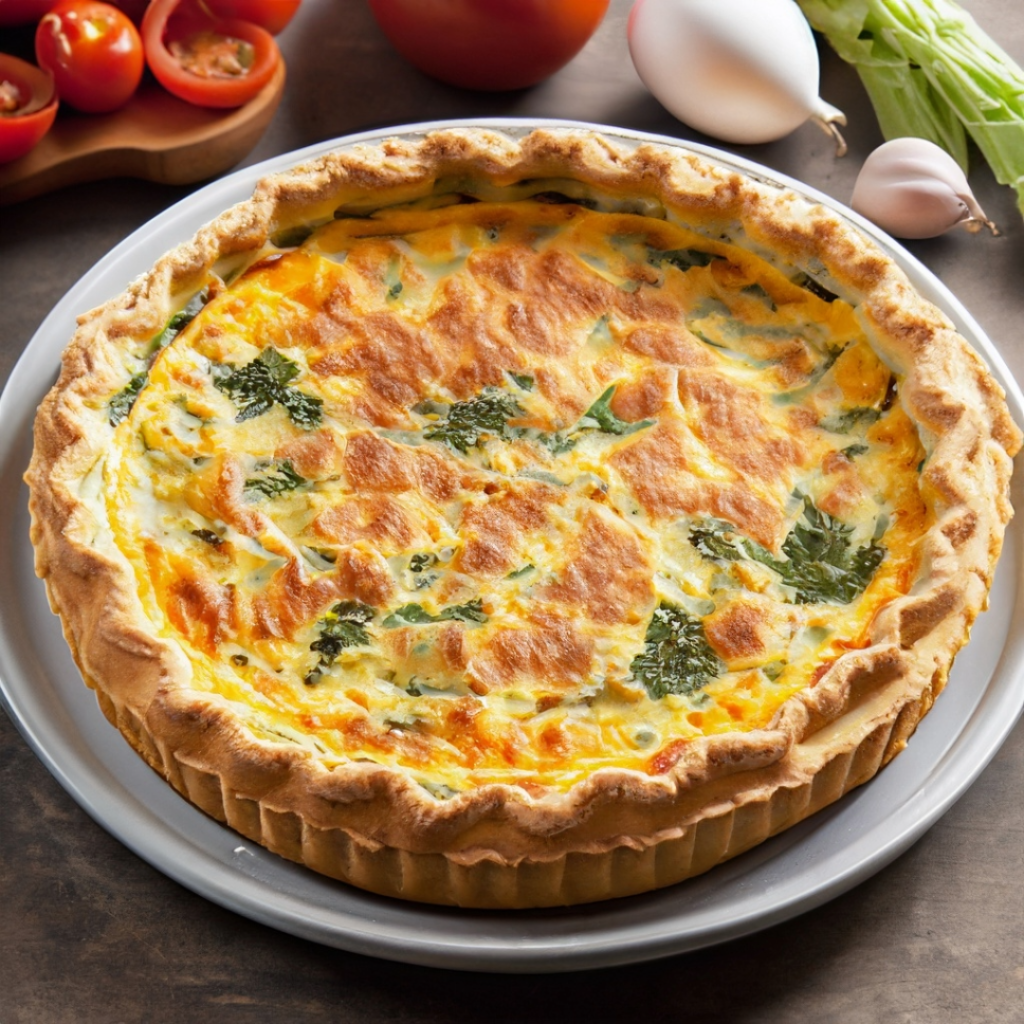23 November, 2023
Shortcrust Pastry FAQs

Shortcrust Pastry: A Versatile Foundation for Culinary Delights
Introduction
Shortcrust Pastry is a fundamental component in the realm of baking, renowned for its versatility and simplicity. It serves as the cornerstone for a plethora of delectable treats, both Sweet and Savory, owing to its crisp texture and buttery flavor.
It is one of the “Classical French Pastries” and often used to make the base of “Quiche“, “Tart” and “Pie“.
Understanding The Texture
At its core, Shortcrust Pastry comprises a basic ratio of Flour, Fat (such as Butter or Lard), and a minimal amount of Liquid. The term “Short” refers to its texture, which is crumbly, delicate and easily breaks apart. This characteristic is achieved by incorporating a higher proportion of fat, such as butter or lard, into the pastry dough. The fat inhibits gluten formation, resulting in less elastic structure, hence the crumbly texture when baked. This quality distinguishes it from other types of pastry and plays a vital role in its culinary appeal.
Its texture is Flaky, Crumbly or Crunchy like a Biscuit. It does not puff up during baking as it doesn’t contain any Leavening Agent.


Ingredients Required
Creating the perfect Shortcrust Pastry demands a meticulous combination of ingredients.
Common components include Flour, Cold Butter, Salt, and a touch of Cold Water. Each ingredient plays a crucial role in determining the texture and taste of the final pastry.

Tips for Making Perfect Shortcrust Pastry
Achieving the ideal Shortcrust Pastry requires attention to detail.
Tips like using chilled ingredients, handling the dough gently, and allowing adequate resting time significantly impact the end result.
Common Mistakes to Avoid
Certain pitfalls can hinder the perfection of the pastry dough. Understanding these mistakes, such as not overworking the dough or not adding too much liquid, is crucial for a flawless outcome.
Kneading it for too long can build up the Gluten and the dough becomes elastic.
The other reason the pastry shrinks is adding too much water at a time. When we add Water to Flour, it starts to activate the Gluten. It makes the dough really hard to handle and also when it bakes, water evaporates away and it again retracts the pastry and makes it shrink.

Utilizing Shortcrust Pastry in Various Recipes

Shortcrust Pastry in Sweet Treats
From scrumptious fruit pies to decadent tarts and delicate pastries, the versatility of shortcrust pastry shines in an array of sweet delights. Its ability to complement various filling makes it a beloved choice among bakers.

Shortcrust Pastry in Savory Dishes
Equally adept in savory creations, shortcrust pastry forms the base for savory pies, quiches, and savory tarts. Its buttery richness complements filling ranging from vegetables to meats, offering a delightful contrast in flavors and textures.

Vegan and Gluten-Free Shortcrust Options
For those with dietary restrictions, there are alternatives. Vegan variations often substitute butter with plant-based fats, while gluten-free versions replace regular flour with alternatives like almond or rice flour.
FAQs
1. Can I prepare shortcrust pastry in advance?
Yes, you can make and store it in the refrigerator or freezer for later use.
2. What is the role of chilling the dough in preparation?
Chilling the dough helps relax the gluten and solidify the fats, ensuring a flakier and tender texture when baked.
3. Can I use margarine instead of butter?
While possible, using butter is recommended for its flavor and texture. Margarine may alter the taste and consistency of the pastry.
4. How can in prevent a soggy bottom in my pastry?
Pricking the base with a fork, using a layer (such as beaten egg or melted chocolate), or pre-baking the pastry shell can prevent a soggy bottom.
5. Can I freeze shortcrust pastry dough?
Yes, you can freeze the dough for up to a few months. Ensure proper wrapping to prevent freezer burn.